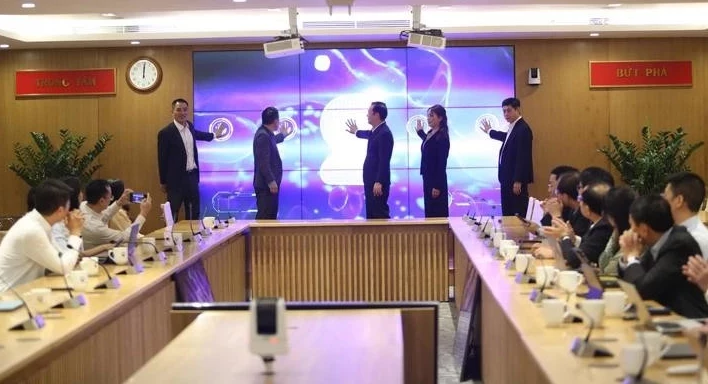Strengthening Vietnam's role in regional scientific cooperation
From local innovation to global export: Vietnam’s push for eco-packaging / How Vietnamese universities accelerate their role in global AI development
Regional collaboration: Vietnam’s increasing scientific footprint
Vietnam has been an active member of the ASEAN Committee on Science, Technology and Innovation (COSTI), engaging in collaborative programs that address critical regional issues such as energy transition, climate resilience, and digital innovation. These efforts align with the goals of the ASEAN Plan of Action on Science, Technology and Innovation (APASTI 2016–2025), which highlights cross-border cooperation as a driver for sustainable economic growth.
At the national level, the Ministry of Science and Technology has launched initiatives to support Vietnam’s integration into regional and global science networks. Additionally, the recent launch of Vietnam’s National Open Science Portal in 2024, hosted by the Ministry of Science and Technology, aims to foster information sharing, promote open data, and support the country’s digital science transformation. This move is part of a broader strategy under the National Strategy for Science, Technology, and Innovation Development to 2030, which emphasizes cross-border knowledge sharing and research visibility.

Remaining gaps and the path forward
Despite progress, Vietnam still faces systemic challenges in regional scientific collaboration. According to data from ASEAN and the Vietnam Ministry of Science and Technology, national R&D spending remains under 0.5% of GDP—lower than in neighboring Malaysia or Singapore. This funding gap limits large-scale collaborative research projects and investment in cutting-edge infrastructure.
Language barriers and limited publication in high-impact international journals also hinder Vietnamese researchers' ability to contribute to and benefit from regional science ecosystems. Many early-career researchers still require additional support in academic writing, project management, and cross-institutional coordination.
To address these challenges, Vietnam continues to invest in talent development. Government-funded scholarships support young researchers studying abroad, with the expectation that they return and contribute to national research institutions. Programs also aim to strengthen English proficiency and research methodology training in universities, especially in STEM fields.
As ASEAN increasingly emphasizes inclusive and sustainable development, Vietnam’s strategy must balance ambition with capacity. This includes strengthening institutional governance, encouraging private-sector R&D participation, and aligning national priorities with regional science goals. The upcoming review of APASTI beyond 2025 presents an opportunity for Vietnam to shape the next phase of Southeast Asia’s science cooperation framework.
Vietnam’s role in ASEAN science cooperation is growing, backed by concrete initiatives in digital science and university partnerships. While systemic challenges remain, the country’s focus on open science, capacity building, and regional alignment positions it as a proactive contributor in shaping Southeast Asia’s research future.
End of content
Không có tin nào tiếp theo



